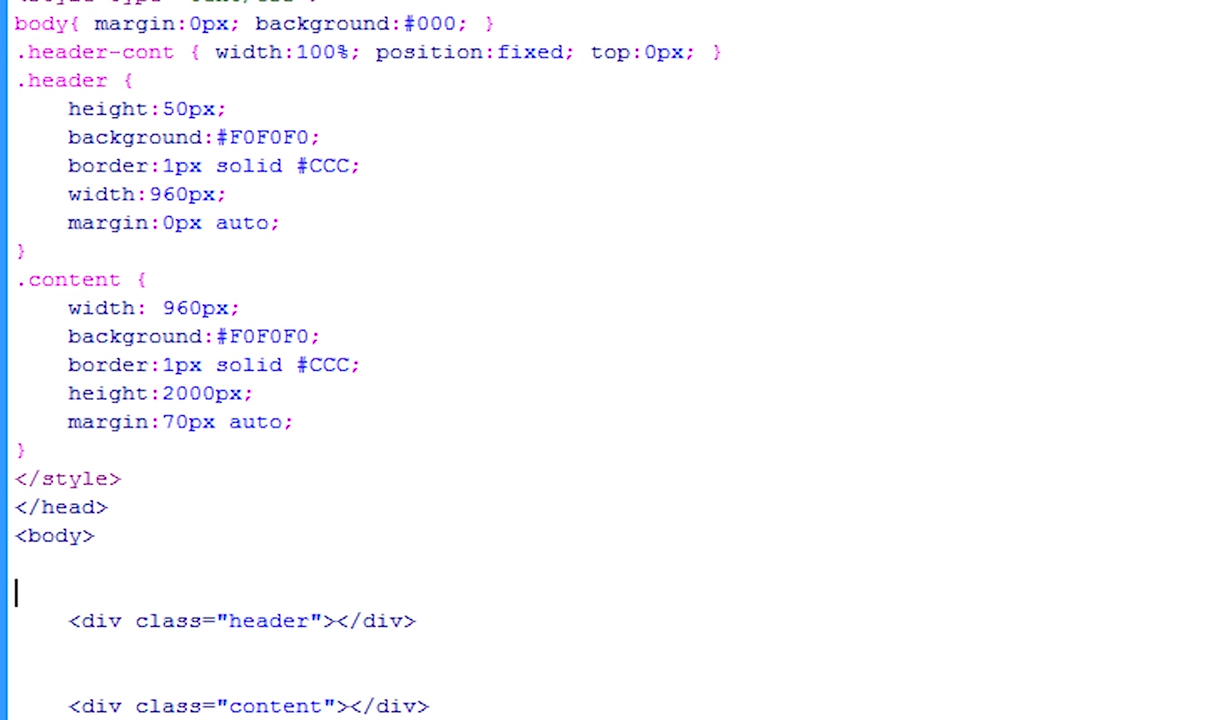
Coding
Coding, what is it exactly? You hear the term synonymously with computers. Coding is the written language for computers that enables them to work. Coding makes it possible for people everywhere to create things such as software and websites. Just like any language, coding has different types from HTML, Python, Javascript, C++, and many others. The varying coding languages allow programmers (code writers) to interact with a computer, telling it what to do by writing certain requests with code. Without coding, favorite websites would not be available for people to enjoy.

Click this link to learn more about what coding is and aspects of coding from Codeconquest!
HTML: Hyper Text Markup Language
HTML is one coding language that enables fonts, pictures and other graphics, colors, texts, hyperlinks, among others to be included on websites. This coding language is made up of tags that are signified by < >. These tags allow certain moves to be executed by a computer. The picture below shows a series of HTML tags.

These tags are not shown on the final website outcome. The computer reads the tags as a signal of a certain move that the computer needs to make. The tags provide the necessary information for a computer to make the moves desired by the creator, but in order for the moves to be executed the tags need to be closed at the end, signified by . The slash between the tags allows for the move to be shown on the webpage. Be sure to alwasy close the tags!
Click this link to watch a video about HTML!
Designing Your Website
Art can be defined as a work that is meant to be appreciated predominantly for physical beauty and visual appeal. When one thinks of the word "art," images of paintings, drawings, and sculptures come to mind. As society expands and new mediums are discovered, the term "art" has grown to encompass multiple representations for visual beauty. Art is now used to include creations in the modern, digital world such as the inclusion of websites with web designs revolving around specific content to evoke a desired emotion or reaction from an internet user. As the technology behind texting expands and develops further, the realm of visual beauty is crossed over into the new digital media. Images are created with words, cartoon images, and even punctuation. Visual rhetoric can used as a means to understand the influences those images have on an audience just as like traditional art and the influences it has on individuals who gaze upon it.
Web site content ranges from the general to the oddly specific, so web designers or creators design web pages with a specific audience in mind. Certain images, colors, patterns, videos, and any other visual means are designed with care and concious based on a targeted demographic. Who will be visiting the website and reading the presented material? Visual standards need to be chosen with that question in mind before the website is uploaded to the public. If the site is not visually pleasing, users may leave the site immediately; however, if the design, is harmonious to the content and pleasing to the eyes of the users, then more traffic will visit the site.
Every image, color choice, font type, and visual placement is a visual persuasion for a user to stay on a website or specific web page. Before creating a website, one must understand the visual rhetoric behind the designs and layouts in order to understand the needs of the audience for which the website is designed for. Your website is your own visual representation of your thoughts and hopes alongside the connection between yourself as the creator and the users, your audience. Visual rhetoric builds on that relationship, strengthening it or weakening it based on aesthetic choices.
Here is a helpful link to learn more about visual rhetoric from OWL Purdue.
CSS: Cascading Style Sheets
What exactly is CSS? Just as HTML is responsible for the content of a website, CSS is resposible for the design and layout of the website. In other words, CSS helps make a website look clean and beautiful. Because the styling elements are placed in a separate file rather than in the HTML file, the HTML file will be less cluttered and overwhelmed. Changes are easier to make as the two elements are separated and easier to follow. Plus if your website consists of multiple pages, a single CSS file needs to be attached to all the pages rather than the code having to be written on every page code!
Writing CSS

CSS is made up of a series of declarations: what it is you want to change and design. In the example above, the h2 declares that the text of the headings of size two will be changed to fit the stated effects. The color is set as blue and the size of the text font is 12px. This will be the same structure for each declaration or selected area that will be design such as the body, the head, the paragraphs and many other aspects.


